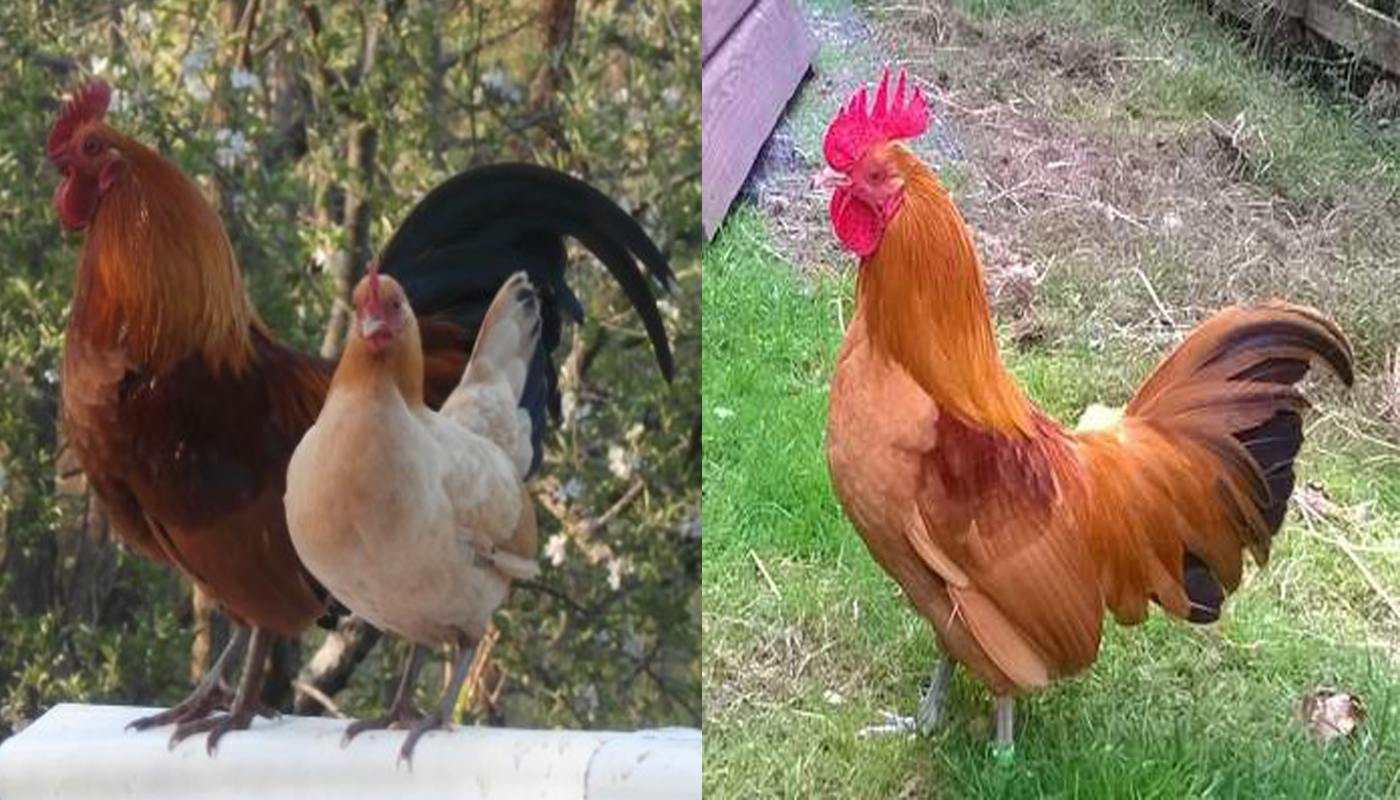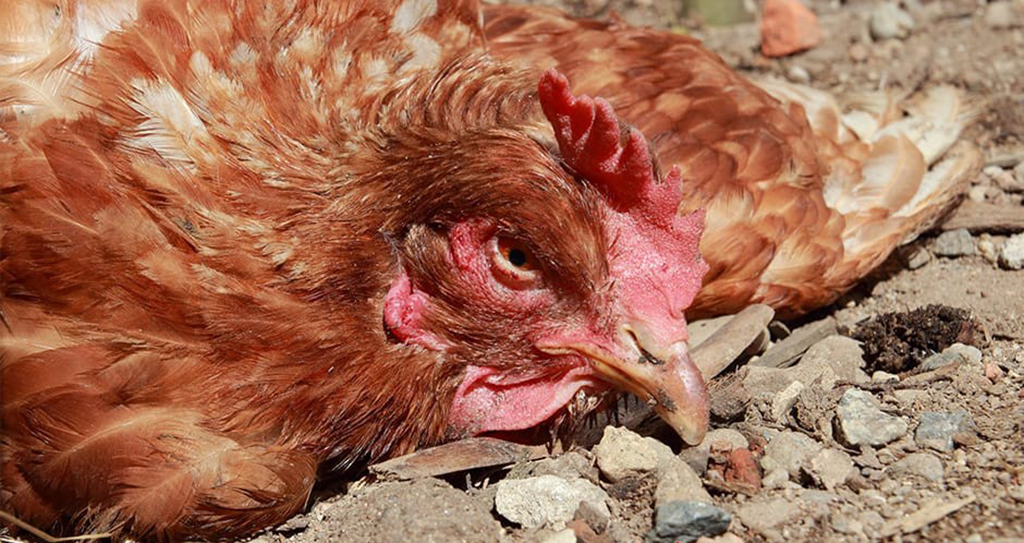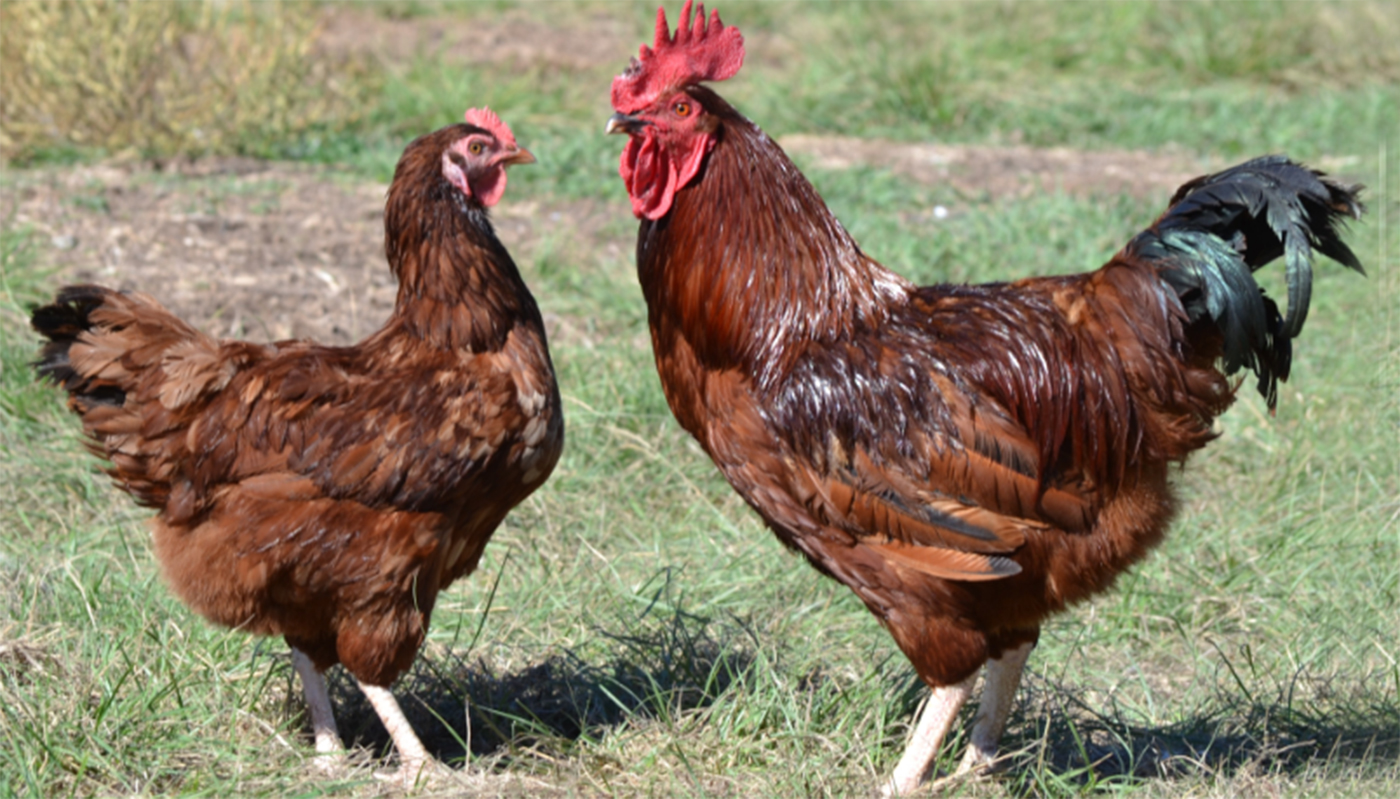
Lamona is domestic chickens that were developed in America as a dual-purpose chicken.
They are completely white with bright red wattles, earlobes and comb. Most of the chicken breeds with red earlobes are known to lay brown eggs but the Lamona is an exception to that rule laying nice large white eggs. Another unique and desirable quality about the Lamona was that its meat was said to retain its quality for some time after its prime egg-laying years. Most hens prime laying years are between 2 to 3 years of age and they are a fast-growing breed.
Their yellow skin and white plumage make them a most desirable table bird and their sweet natures make them excellent pets.
CHARACTERISTICS |
|
|---|---|
| Country of Origin: | America |
| American Poultry Association: | Yes – They are recognized as a breed of chicken in the United States. Admitted to the Standard of Perfection in 1933 |
| Chicken Category: | Large Breed |
| Chicken Class: | American |
| Bantam Variety Available? | Yes – Single Comb Clean Legged Bantam Classification |
IDENTIFICATION⇒ |
Appearance: Lamona chickens have been described as stunning birds with their pure white plumage, pretty faces sporting red wattles, earlobes, single comb and yellow beak.
They have a well-rounded body with a full fluffed tail and elegant clean yellow legs.
Color(s): White
Comb:They have a single comb
Ave. Weight: Pullet: 5.5 lbs.
Hens: 6.5 lbs. Cockerel: 7 lbs. Rooster: 8 lbs. |
| Life Expectancy: | The average lifespan is give or take 8 years |
| Good Starter Chicken? | Yes, these chickens would make a good starter chicken |
PURPOSE⇒ |
Eggs: They are very good egg layers.
They lay large white eggs They lay 208 – 260 eggs per year They will lay consistently throughout the year They start to lay eggs from around 20 – 22 weeks old.
Meat: They have yellow skin
Their meaty carcasses are tender well after their 3 years making them a most desirable table bird.
Breeding: They are quite easy to breed if you get good breeding stock
The hens seldom get broody They do not make good brood hens They are not the best sitters They will raise their chicks and make surprisingly good mothers. But in order to hatch their eggs, an incubator and or brood hen(s) may be required
Show Bird: Their stunning posture and brilliant silkie whit plumage give them a great show-stopping advantage as an excellent show bird.
Pets: They make good pets and are easy to handle
Other: Lamona will make a great addition to and compliment any flock they are added to
|
| Health: | They are quite a hardy breed that do not have any known issues other than some breeding problems due to the short supply of good breeding stock |
| You may Also Like: | HOW TO TELL IS A CHICKEN IS SICK |
| Temperament: | Calm, docile, sweet and friendly nature |
| Flyers? | They can fly |
| Noisy Birds? | They are not too noisy but have been known to squawk in the early hours of the morning |
| Interaction with other chickens: | They do not show aggression towards other chickens/breeds and tend to mingle quite well in their calm relaxed manner |
| Good with kids? | They are quite good around children as they do not mind being handled and are quite a calm bird |
| Socialize Behavior? | Lamona are not to bothered by other domestic animals and when they are used to them may even be found following smaller dogs around the garden |
| You may Also Like: | HOW TO SOCIALIZING YOUR NEW CHICKENS |
| Known predators: | Always keep an eye on domestic pets such as dogs and cats. If hawks and or foxes are in your area it is always best to take precautions. Check with local animal shelters, zoos, vets, animal control and or pet stores about common predators in your area. |
| Conservation Status: | These birds conservation status is recorded as “watched” after having been on the extinct list for a while. |
IDEAL ENVIRONMENT⇒ |
Garden Size: They do not mind being confined but as with most larger breeds of chicken do prefer to free-range.
Lamona generally adapt to most sized gardens although they ideally need a medium to larger sized one. These birds love to and are very good at foraging. Small homesteads in not very built-up areas and farms are best for the very loud roosters
Ideal Climate: They were bred to be weather hardy and withstand any climate.
Bearing both the heat and cold without much full. Their wattles and comb are not prone to frostbite
Ideal Coop: The rule of thumb for any coop is 50 cm x 50 cm per hen/rooster in the coop.
Ensure there is a good space for the nesting boxes and nightly roosting rails at least 1.5 inches wide. Good ventilation for air but not too drafty especially in winter. It is always a good idea to raise the coop off the ground to give the birds a dry place to roost and lay especially in wet weather.
Ideal Coop Run: For the Lamona it is best to completely cover the coop run. Their color makes them susceptible to predators, especially at night time. They can also fly!
Ideal Flock Size: They are quite happy in any size flock as long as they have a companion or two. Usually, three or more is best and as they enjoy their foraged fare they are not too chicken feed hungry.
Special Instructions: They may have special breeding instructions for show birds. To pass the standards various issues need to be addressed to ensure compliance with the breed’s Standard of Perfection requirements.
Accessories: The following accessories are ideal for your coop:
Nesting boxes Straw for the boxes and roosting area Roosting rails Perches Water troughs/bowls Food bowls/feeders Heating lamp(s) Animal carrier for transport purposes |
| You may Also Like: | 45 FREE DIY CHICKEN COOP PLANS, TUTORIALS AND DESIGNS |
WHERE TO BUY THEM |
|
|---|---|
| Live Poultry Outlets: | It is very rare but not impossible to find Lamona chickens at these outlets. |
| Internet Poultry Websites: | Yes, there are a few reputable hatcheries that advertise their chicks on the internet. Most Lamona, if they are available are usually sold out for months in advance of their hatching. |
| Organizations: | American Poultry Association may have registered breeders American Livestock Conservancy may have registered breeders |
| Breeders Clubs: | Websites such as Feather Site, Greenfire Farms and The Rare Poultry Society may have a list of registered/known breeders |
| Other: | The organizations and or breeders listed above may also have a host of valuable information about your chickens. They will also be able to provide you with any special instructions, problems, etc. about your chickens. |
HISTORY
The Lamona chicken was developed at the Henry A. Wallace Beltsville Agricultural Research Centre in Beltsville, Maryland, USA.
The project to develop the bird began in 1912 by the senior poultry expert at the Bureau of Animal Industry (currently known as the U.S. Department of Agriculture’s Agricultural Research Service) Harry S. Lamon.
He developed the Lamona from a cross of White Plymouth Rocks, White Leghorns and Silver-Grey Dorkings.
The breed had a brief spurt of popularity due to its fast growth rate, excellent meat and white egg production in the early half of the 20th century.
It lost its popularity in the 1950’s when commercial farmers switched two breeds of chickens that are still today dominating the industry. The White Leghorn for its eggs and the Cornish-Rock which is a hybrid that is kept for its meat.
In 1960 the American Poultry Association admitted the Bantam version of the Lamona to the Standard of Perfection.
Today trying to find a Lamona from the original breed is very rare as by the 1980’s they had all but reached extinction.
For a time, thanks to efforts of preservationists like Marion Nash, the breed managed to hold on but only one or two of these breeding flock is still alive. The breeders who own and maintain these birds do not offer their chicks up for sale.
In order to preserve the species Steve Gerdes, who like Marion Nash, was from Illinois, recreated the Lamona with the same methods that Harry Lamon had done in the early 2000’s.
Steve Gerdes passed away in 2012 whereby the two separate breeders took over his Lamona and areas to date still perfecting it.
Jeremy Trost re-created the Bantam version of the Lamona by using the breeds to create the original Lamona Bantams. This project was completed in the first half of the 21st century.
NOTES / SPECIAL INSTRUCTIONS
As they are registered as a “watch” conservation status they may need an extra license to own or keep in your garden. For advice on what the bird’s conservation status and orders are please check with your local conservation department.
For breeders, it is imperative that you always check your bird’s bloodlines and ensure you are buying your birds from a reputed breeder/farm. In order to sell birds of such stature, they have to be recorded and documented, always check with local animal breeding organizations for these records.
These legitimate documents are also required should you wish to show your bird(s) in various poultry shows/competition showings.
For information and advice on adopting rescued animals, you can visit or contact your local animal welfare center.
USEFUL LINKS
- Caring for your Chicken
- Feeding
- Health
- Socializing your Chicken
- Breeding Chicken
- Raising Chickens A-Z
- Hatching Eggs
- What is Molting
- Animal Shelter (ASPCA)
- American Veterinary Medical Association
- American Poultry Association
- American Animal Welfare Society
- American Animal Control
- American Animal Husbandry Society
References
- https://en.wikipedia.org
- https://livestockconservancy.org
- https://www.roysfarm.com
- https://www.mypetchicken.com
- https://www.backyardchickens.com
- https://www.feathersite.com/
 Onagadori Chicken Breed – Everything You Need to Know
Onagadori Chicken Breed – Everything You Need to Know The Ins and Out of the Chicken coop
The Ins and Out of the Chicken coop CHICKEN DISEASES THAT EVERY CHICKEN OWNER SHOULD BE AWARE OF
CHICKEN DISEASES THAT EVERY CHICKEN OWNER SHOULD BE AWARE OF Nankin Chicken Breed – Everything You Need to Know
Nankin Chicken Breed – Everything You Need to Know Modern Game Chicken Breed – Everything You Need to Know
Modern Game Chicken Breed – Everything You Need to Know CONDITIONS THAT AFFECT A CHICKENS GUT
CONDITIONS THAT AFFECT A CHICKENS GUT The Top 10 Backyard Chickens to suit any Coop or Garden Size
The Top 10 Backyard Chickens to suit any Coop or Garden Size Ameraucana Chicken Breed – Everything You Need to Know
Ameraucana Chicken Breed – Everything You Need to Know Houdan Chicken Breed – Everything You Need to Know
Houdan Chicken Breed – Everything You Need to Know Rhode Island Red Chicken Breed – Everything You Need to Know
Rhode Island Red Chicken Breed – Everything You Need to Know Settling the Flock into their New Home
Settling the Flock into their New Home Top 10 Bantam Chicken Breeds for Beginners
Top 10 Bantam Chicken Breeds for Beginners